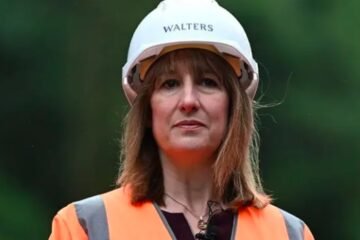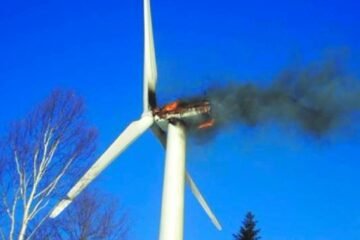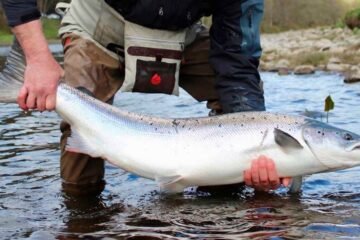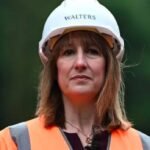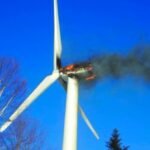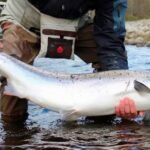Spean Bridge, Scotland — The Scottish Highlands have long been romanticized for their remoteness. But today, the region is being reimagined — not as a cultural hinterland, but as a testbed for the future of sustainable, off-grid living. In an unlikely twist of modernisation, the same landscapes once plagued by depopulation are becoming magnets for carbon-conscious entrepreneurs, tech-savvy relocators, and digital nomads in search of energy autonomy and high-speed internet.
A Fibre-Optic Thread Through the Wild
Hop on a train north from Fort William and you’ll quickly glimpse the paradox: ancient stone crofts now sporting sleek white fibre-optic terminals. Along narrow lanes more familiar with sheep than sedans, Openreach engineers have been laying high-speed gigabit cable into places that until recently struggled with even basic phone reception.
“We’re seeing full-fibre sold as a feature on property listings, right alongside things like micro-hydro and solar arrays,” said a Highland estate agent based in Inverness. “It’s totally transformed what’s considered marketable.”
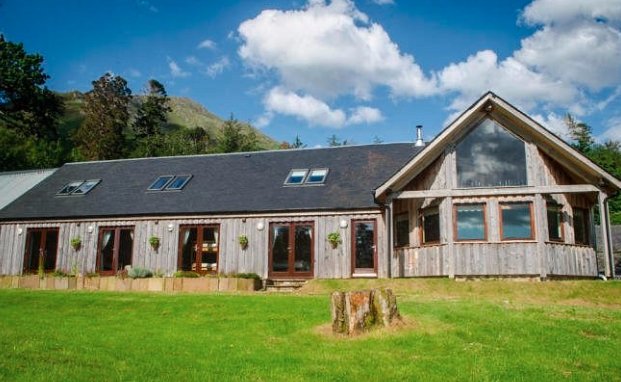
Knoydart: From Hunting Lodges to Off-Grid Havens
Nowhere is this shift more obvious than Knoydart, a roadless peninsula once defined by stalking estates and remote retreats. Today, it’s buzzing with renewable energy dreams.
At Doune Bay Lodge, a five-bedroom, cedar-clad property perched above its own private cove, power is entirely off-grid — provided by a 14-kilowatt solar setup and micro-hydro generator that thrives in the Highland downpours. Battery storage systems support year-round occupancy, even commercial-grade freezers for short-term lets.
Nearby, Dun Ban, its sister property, is marketed not for its views or deer rights, but for its kilowatt-hour potential and “Starlink-ready digital nomad lifestyle.”
The Data Behind the Demand
According to Strutt & Parker’s Scottish Estate Market Review 2024, 23 Highland estates were sold last year, averaging £7.5 million each — a full 17% above the five-year average, despite a slowdown in carbon-credit trading.
Savills noted a similar pattern. While rural estates are taking longer to sell overall, the most interest now comes from London buyers and international investors — many of them explicitly seeking land with energy independence.
Hotspots of Demand:
| Region | Description |
|---|---|
| Ardnamurchan | Rugged peninsula popular for self-sustaining estates |
| Wester Ross | Rich in micro-hydro potential and private coves |
| Isle of Skye | Digital infrastructure catching up with global expectations |
| NC500 Villages | Tied into the scenic driving route, now attracting high-income nomads |
“Green Laird Land-Rush” Meets Land Reform Anxiety
The term “green laird” has entered common usage — sometimes admiringly, often critically — to describe wealthy buyers acquiring Highland land under the banner of rewilding or low-carbon lifestyles. But not all locals are convinced.
When the Far Ralia estate relisted in 2024 for £12 million — having sold just three years earlier for £7.5 million — it triggered a wave of anger among land reform advocates who see such flips as antithetical to community ownership.
Still, estate agents report that smaller, turnkey off-grid properties are selling fastest, in part because they’re move-in ready and already equipped with private power and water.
Policy, Incentives, and the Push to Go Off-Grid
Public subsidies are helping this trend along. Under the Home Energy Scotland Grant and Loan, homeowners in designated rural postcodes can receive:
-
Up to £9,000 in grant money for renewable upgrades
-
An interest-free loan of up to £11,500
-
Grants for heat pumps, insulation, and batteries (solar-only grants were sunset in 2024)
Private banks now treat features like micro-hydro systems as value-adding assets, much like AGA cookers once were in upscale countryside kitchens.
“We’ve got more clients asking about return-on-investment in kilowatt-hours than in hectares,” noted one mortgage consultant in Perthshire.
The Final Frontier: Full-Fibre in the Furthest Places
The off-grid lifestyle, paradoxically, hinges on one distinctly on-grid necessity: high-speed internet. That’s where Openreach’s rural push comes in. The firm announced 120,000 new “hard-to-reach” premises will receive full-fibre broadband by 2026.
Places like Glenelg, Tobermory, and Brodie — once isolated by both geography and bandwidth — are now seeing ping speeds of just 4 milliseconds. One café owner in Spean Bridge reported a 30% increase in revenue after fibre was connected, driven by remote workers extending their stays.
Off-Grid, Online, and On-Trend
In the shifting sands of post-pandemic lifestyles and climate urgency, the Scottish Highlands are becoming proof-of-concept zones for what off-grid, digitally connected living can look like.
These aren’t doomsday bunkers or hippy communes. They’re luxury homes with passive solar designs, Starlink dishes, and encrypted routers running Zoom meetings beside peat fires. And as energy costs rise and the climate clock ticks, more of the world may start looking to Glenelg, Knoydart, and beyond for inspiration.

